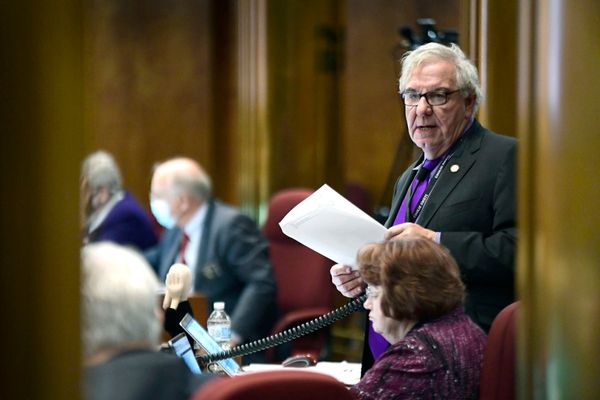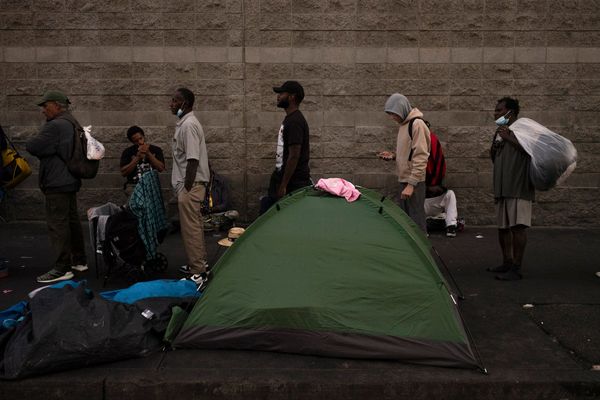A federal government decision to slash billions of dollars from public hospitals over the next four years has enraged doctors, who argue they are "stunned" the government would cut money on the back of rising inflation, a burnt-out workforce and a huge backlog of elective surgeries.
This week's federal budget revealed payments to the states and territories for public hospitals are expected to decrease by more than $755 million this financial year and, overall, funding is expected to be cut by $2.4 billion over four years.
Federal Australian Medical Association (AMA) president Steve Robson said he was shocked that money was being cut when demand for hospital services was at "an all-time high".
"We know that hospitals are at capacity, with ambulances ramping outside emergency departments and patients waiting years for essential elective surgery," Professor Robson said.
"And we know that hospitals are struggling to address the backlog of care that has been created by COVID-19."
The states and territories have an agreement with the Commonwealth, where hospitals are funded — according to the how many and what type of patients they treated the previous year — and that's adjusted for cost increases such as wage growth, rent hikes, equipment and electricity.
This is known as activity-based funding and is different from what happens in smaller, regional hospitals, where they receive "block funding" or lump-sum payments.
Health Minister Mark Butler said the funding reflected a forecasted reduction in the amount of hospital services provided.
"We're not cutting money," he said on Thursday.
"The amount that the Commonwealth pays every year to state governments is based on the advice that they give to us via the hospital funding administrator about the level of activity that they're having in their hospitals.
"COVID has obviously had an impact, for example, on the amount of elective surgery — particularly the two big states — have been able to undertake.
"We are doing what governments, for years, now have done and that is paying for the activity that takes place in the hospitals, based on the advice from the state governments."
However, Professor Robson argued, hospitals were doing less simply because they do not have enough staff or money and are being forced to cut back.
"Why are the states and territories forecasting a reduction in hospital services at a time where demand is at a record high? The answer is simple: States and territories need to expand their capacity — more beds and more staff to meet community demand," he said.
"But they don't have the staff, they might not have the beds, and the current funding model is broken, with the overall investment from both the states and territories, and the Commonwealth, falling short of what is needed."
In recent months, pressure has been mounting on the federal government to ramp-up hospital funding to the states and territories, with the ongoing tug-of-war between the nation's leaders over who should foot the bill for hospital demand escalating during the pandemic.
Historically, the federal government has covered 45 per cent of the cost of public hospital services — using activity-based funding — with the states and territories paying for the rest.
However, at the height of the pandemic, the federal government agreed to pay a greater share of overall funds through a 50-50 funding deal that runs until the end of this year.
But that money comes with strings attached: The Commonwealth puts the brakes on any large cost increases by constraining annual growth to 6.5 per cent, which limits the federal increase to about $2 billion a year.
This means that the states and territories have to cover any additional expenses incurred beyond that, and they have long been angling for a new funding package that exceeds the cap and extends the 50-50 sharing arrangement.
Professor Robson said that, given the states and territories have been calling for more money, the funding cuts did not make sense.
"With the COVID-19 50-50 hospital funding due to end in December, the situation will only worsen, at a time when — if we look at what is happening internationally — we are likely to see another spike in COVID-19 cases."







